Opticon Sensors Europe EE150 ESL Electronic Shelf Label User Manual EE 150 Spec Manual V 0 1x
Opticon Sensors Europe BV ESL Electronic Shelf Label EE 150 Spec Manual V 0 1x
Users Manual
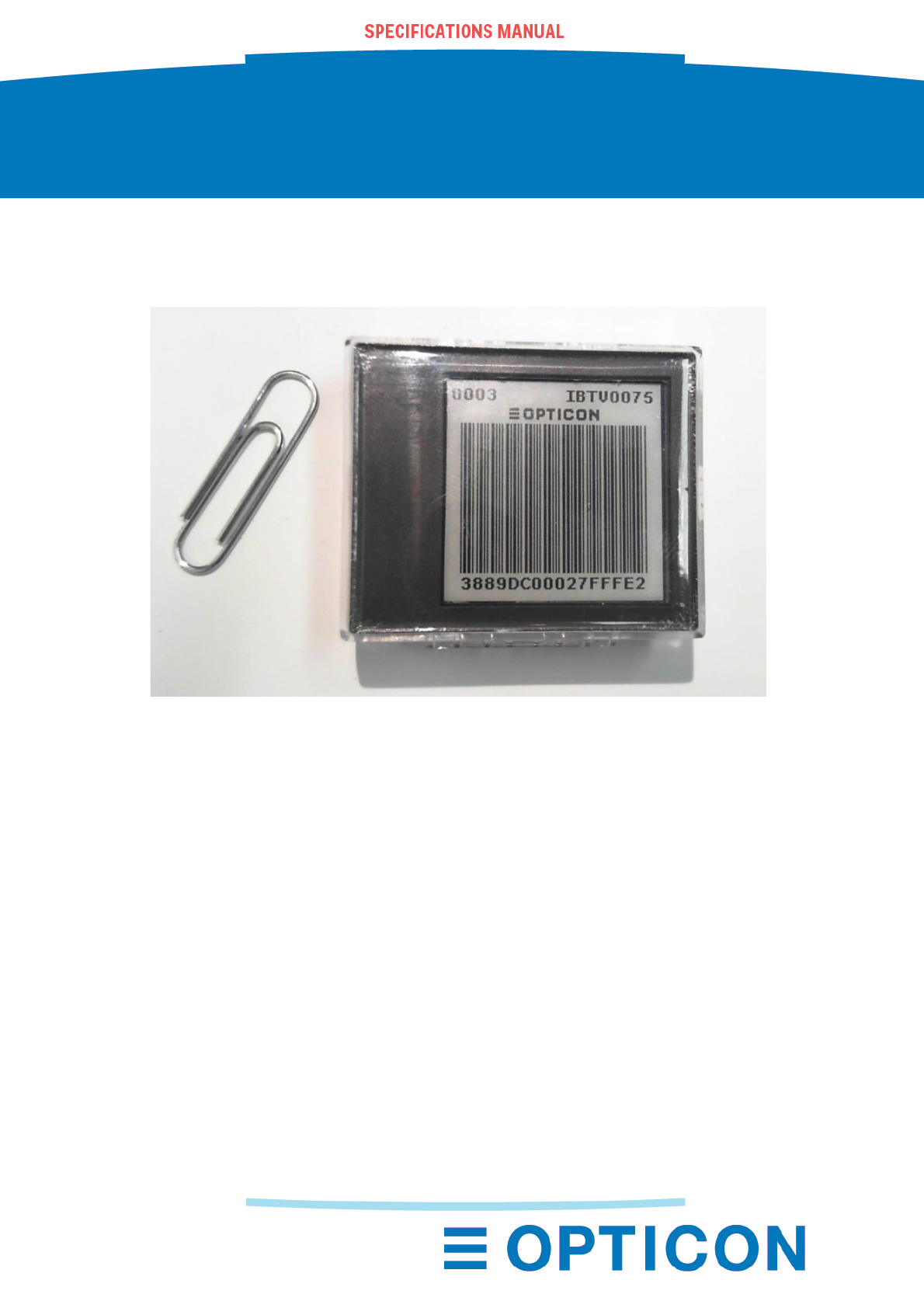
EE-150 V-0.1
1
EE-150
Electronic Shelf Label
The EE-150 is an e-paper based electronic shelf label with a screen
size of 1.54” and with 802.15.4 based wireless communication.
V-0.1

EE-150 V-0.1
2
The information in this document is subject to change without notice.
Document History
Model Number: EE-150 Original release date 19-05-2016
Revision: V-0.1 Date 12-9-2016
2016 Copyright Opticon. All rights reserved.
This manual may not, in whole or in part, be copied, photocopied, reproduced, translated or converted
to any electronic or machine readable form without prior written consent of Opticon.
Limited Warranty and Disclaimers
Please read this manual carefully before installing or using the product.
Serial Number
A serial number appears on all Opticon products. This official registration number is directly related to
the device purchased. Do not remove the serial number from your Opticon device. Removing the
serial number voids the warranty.
Warranty
Unless otherwise agreed in a written contract, all Opticon products are warranted against defects in
materials and workmanship for two years after purchase excluding batteries. Opticon will repair or, at
its option, replace products that are defective in materials or workmanship with proper use during the
warranty period. Opticon is not liable for damages caused by modifications made by a customer. In
such cases, standard repair charges will apply. If a product is returned under warranty and no defect is
found, standard repair charges will apply. Opticon assumes no liability for any direct, indirect,
consequential or incidental damages arising out of use or inability to use both the hardware and
software, even if Opticon has been informed about the possibility of such damages.
Packaging
The packing materials are recyclable. We recommend that you save all packing material to use should
you need to transport your data collector or send it for service. Damage caused by improper
packaging during shipment is not covered by the warranty.
Trademarks
Trademarks used are the property of their respective owners.
Opticon Inc. and Opticon Sensors Europe B.V. are wholly owned subsidiaries of
OPTOELECTRONICS Co., Ltd., 12-17, Tsukagoshi 4-chome, Warabi-shi, Saitama, Japan 335-0002.
TEL +81-(0) 48-446-1183; FAX +81-(0) 48-446-1184
SUPPORT
USA Europe
Phone: 800-636-0090
Email: support@opticonusa.com Email: support@opticon.com
Web: www.opticonusa.com Web: www.opticon.com
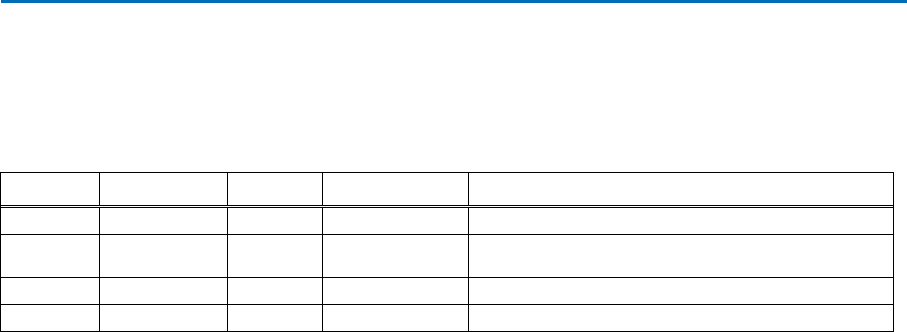
EE-150 V-0.1
3
Revision History
Product Name : EE-150
Edition Date Page Section Description of Changes
V0.0 2016/05/19 - - Preliminary Version
V0.1 2016/09/12 Added weight, Removed IP rating, changed FFCID
and changed temperature and humidity ranges

EE-150 V-0.1
4
Contents
1 Abstract ........................................................................................................................ 6
2 Overview ....................................................................................................................... 6
3 Physical Features ......................................................................................................... 6
3.1
Dimensions .............................................................................................................................. 6
3.2
Weight ...................................................................................................................................... 6
4 Environmental Specifications ..................................................................................... 7
4.1
Operating Temperature and Humidity ..................................................................................... 7
4.2
Storage Temperature and Humidity ........................................................................................ 7
4.3
Static Electricity ....................................................................................................................... 7
5 Controls ........................................................................................................................ 8
6 Electrical Specifications .............................................................................................. 9
6.1
Electrical Characteristics ......................................................................................................... 9
6.2
Battery ..................................................................................................................................... 9
7 Radio Specifications .................................................................................................. 10
7.1
Protocol .................................................................................................................................. 10
7.1.1
The physical layer .............................................................................................................. 10
7.1.2
The medium access control layer ...................................................................................... 10
7.2
Security .................................................................................................................................. 10
8 Labeling ...................................................................................................................... 11
8.1
Product Label ......................................................................................................................... 11
8.2
Shipment Box Labels ............................................................................................................. 12
9 Packaging Specifications .......................................................................................... 13
9.1
Individual Packaging Specification ........................................................................................ 13
9.2
Collective Packaging Specification ........................................................................................ 14
9.3
Collective Shipment Packaging Specification. ...................................................................... 15
10 Regulatory Compliance ............................................................................................. 16
10.1
Product Safety ....................................................................................................................... 16
10.2
EMC ....................................................................................................................................... 16
10.3
WEEE .................................................................................................................................... 17
10.4
RoHS ..................................................................................................................................... 17
11 Safety .......................................................................................................................... 18
11.1
Shock ..................................................................................................................................... 18
11.2
Temperature Conditions ........................................................................................................ 18
11.3
Foreign Materials ................................................................................................................... 18
11.4
Disposal / Battery................................................................................................................... 18
11.5
Other ...................................................................................................................................... 18
12 Mechanical Drawing ................................................................................................... 19

EE-150 V-0.1
5
Table of Figures
Figure 1: Dimensions ............................................................................................................................... 6
Figure 2: Product Label ......................................................................................................................... 11
Figure 3: Product Label dimensions ...................................................................................................... 11
Figure 4: Shipment box label ................................................................................................................. 12
Figure 5: Individual packaging ............................................................................................................... 13
Figure 6: collective packaging ............................................................................................................... 14
Figure 7: collective shipment packaging ............................................................................................... 15
Figure 8: Mechanical drawing................................................................................................................ 19
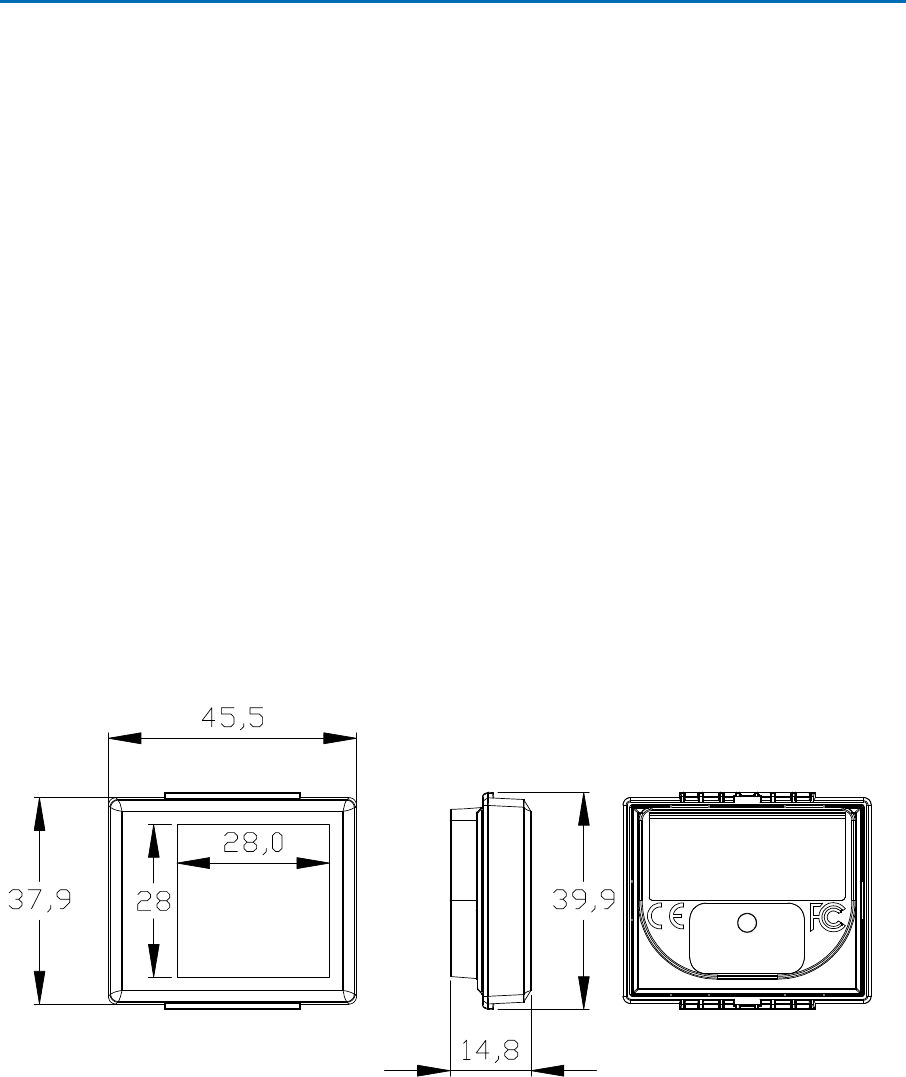
EE-150 V-0.1
6
1 Abstract
This manual provides specifications for the EE-150 Electronic Shelf Label (hereafter referred to as
“ESL”).
2 Overview
The EE-150 is an E-ink based ESL with a 2.4GHz radio for data communication. This product uses
Direct Sequence Spread Spectrum RF technology that allows for ultra-low power consumption
combined with a reduced sensitivity to background noise. That means less interference by other
radios that operate in the 2.4GHz band. The radio protocol that is used is based on the IEEE 802.15.4
standard that specifies the physical layer and media access control for low-rate wireless personal area
networks.
A development kit is available that consists out of a base station, several ESL tags and PC software
that allows people to quickly test the system and makes it easier to integrate this ESL system into an
existing back office system.
3 Physical Features
3.1 Dimensions
W x H x D = 45.5 x 39.9 x 14.8 mm
Figure 1: Dimensions
3.2 Weight
22.3 g (including battery)

EE-150 V-0.1
7
4 Environmental Specifications
4.1 Operating Temperature and Humidity
Temperature: 0 to 40° C
Humidity: 20 to 60% RH (Over full temperature range and Non Condensing)
4.2 Storage Temperature and Humidity
Temperature: -20 to 50° C
Humidity: 20 to 60% RH (Over full temperature range and Non Condensing)
4.3 Static Electricity
Air discharge: ± 8 kV MAX (No malfunction)
± 15 kV MAX (No destruction)
Contact discharge: ± 4 kV MAX (No malfunction)
± 8 kV MAX (No destruction)
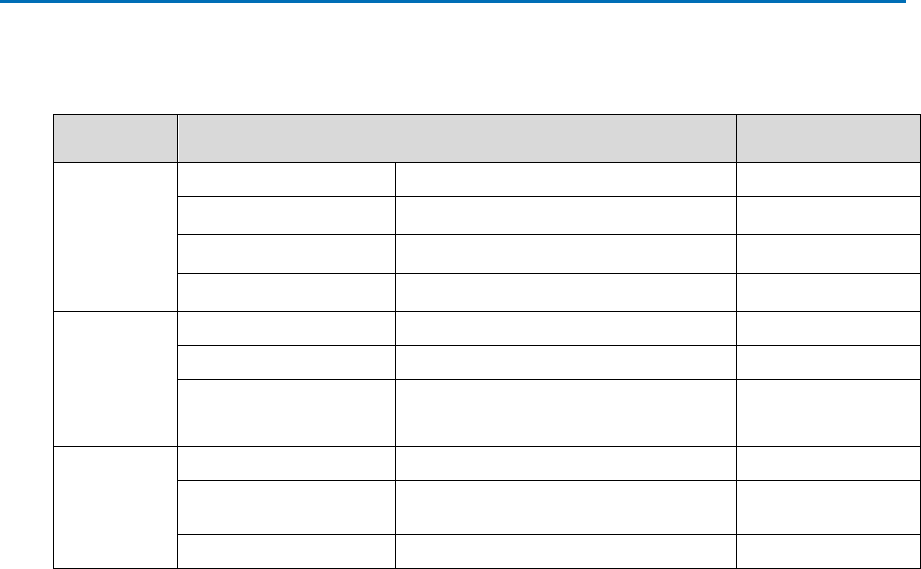
EE-150 V-0.1
8
5 Controls
Items Specifications Remarks
CPU
Type 8051 core 8-bit MCU
Internal flash ROM 128KB
Internal RAM 8 KB
Clock frequency 32 MHz
LCD
Active area W 27.51 x H 27.51 mm
Number of dots W 152 x H 152
Dot pitch 140 Horizontal
140 Vertical Dots per Inch
Radio
Modulation DSSS
Frequency 2394 ~ 2507 MHz Globally approved
2.4GHz band.
Baud rate 250 Kbits / second
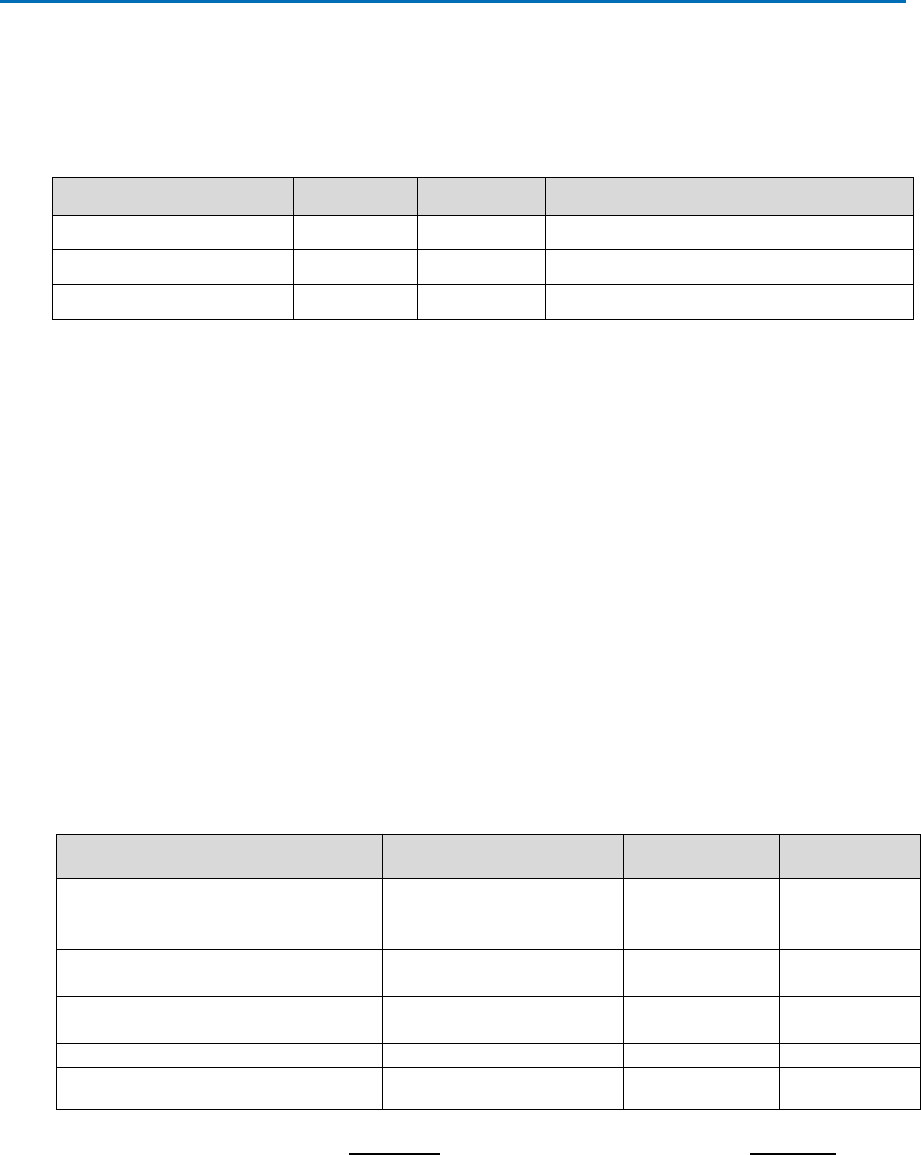
EE-150 V-0.1
9
6 Electrical Specifications
6.1 Electrical Characteristics
Conditions: Operating voltage 3.0V unless otherwise specified
The ESL is in sleep mode almost the entire time. The device wakes up at regular intervals
(called the poll time) and it then transmits a poll request to the base station. When the base
station has no data to send, it acknowledges the poll after which the ESL immediately goes
back to sleep. The minimum poll rate is configurable and is set to 20 seconds by default. A
higher poll rate will decrease the power consumption but will increase the response time.
6.2 Battery
The power is supplied to the ESL by 1 CR2450 battery:
• Nominal capacity: 600 mAh
• Nominal voltage: 3.0 V.
• Maximum self-discharge rate: <1% per year
• Battery life: 4 years minimum (Update frequency: 4 times per day, poll time 20 seconds). A
more detailed set of conditions is listed in the table below.
The battery life is made up of several factors. During transmission e.g. the current consumption
is much higher than when the ESL is ‘sleeping. The table below shows the various factors that
make up the entire current consumption, plus the conditions under which the lifetime calculation
was done.
Factor Conditions Correlation * Influence **
Data communication Poll interval: 20 seconds
Retransmissions: 10%
Report ratio: 1 to 39
Yes
No
Yes
61%
Display updates 4 updates per day
Temperature: 15~25° C
No
Yes
20%
No connection with base station
(Out of range or base station off)
Not connected: 2%
Number of channels: 5
No
No
4%
Sleep time 99,9% Yes 9%
Battery self-discharge 1 % / year No 6%
* The correlation shows whether increasing the listed value under ‘Conditions’ increases (Yes)
or decreases (No) the battery life of the EE-150.
** The influence shows the percentage of the specified factor on the entire current consumption.
For example:
• Increasing the poll interval improves the battery life
• Turning off the base stations shortens the battery life.
• A lower operating temperature (below 15° C) shortens the battery life.
• More display updates per day shortens the battery life.
Parameter Typ Unit Remarks
Operating voltage 2.3~3.3 V One CR2540 Lithium primary battery
Sleep current 1 µA When the transmitter and receiver are idle
Poll time >= 20 seconds See below
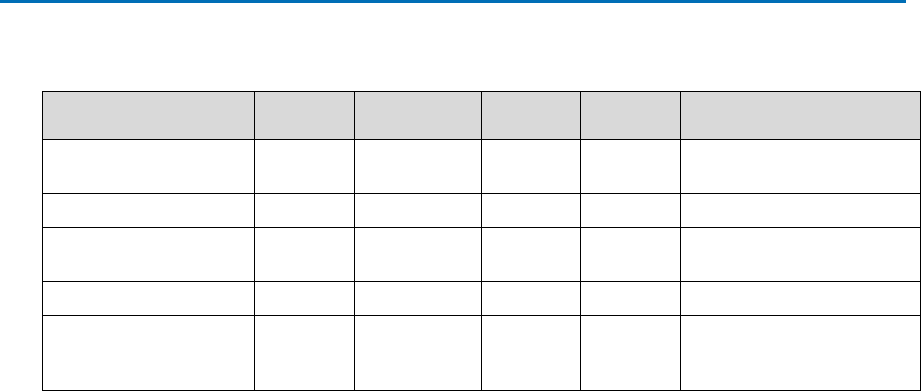
EE-150 V-0.1
10
7 Radio Specifications
Parameter Min Typ Max Unit Remarks
Receiver sensitivity -97 -89 dBm Over the entire temp. and
operating voltage range
Nominal output power -3 4.5 7 dBm
Frequency 2405 2480 MHz Over the entire temp. and
operating voltage range
Transfer rate 250Kbit/s
RSSI range 100 dB
Signal strength indication
that can be reported to the
base station
7.1 Protocol
Modified 802.15.4 (Physical layer and Media Access Control layer).
7.1.1 The physical layer
The physical layer (PHY) provides the data transmission service, as well as the interface to the
physical layer management entity, which offers access to every layer management function and
maintains a database of information on related personal area networks. Thus, the PHY
manages the physical RF transceiver and performs channel selection and energy and signal
management functions. It operates on the above mentioned frequency band. The PHY layer is
100% compliant and is based on direct sequence spread spectrum (DSSS) technique with a
transfer rate of 250 kbit/s.
7.1.2 The medium access control layer
The medium access control (MAC) layer enables the transmission of MAC frames through the
use of the physical channel. Besides the data service, it offers a management interface and
itself manages access to the physical channel. It also controls frame validation, guarantees time
slots and handles node associations. Finally, it offers hook points for secure services. The EE-
150 does not make use of the optional network beaconing, instead it uses a polling mechanism
to increase power efficiency. Some changes are made to the standard to allow for more
efficient data frames and better power efficiency, especially when nodes are not connected to a
base station.
7.2 Security
By default only the image transmission is encrypted using a proprietary encryption protocol.
Enhanced encryption/authentication can be requested on demand by loading different firmware
on the ESLs in combination with the loading of an encryption key and an additional ESL server
module. The protection method for RF-communication is done by 128-bit AES encryption.
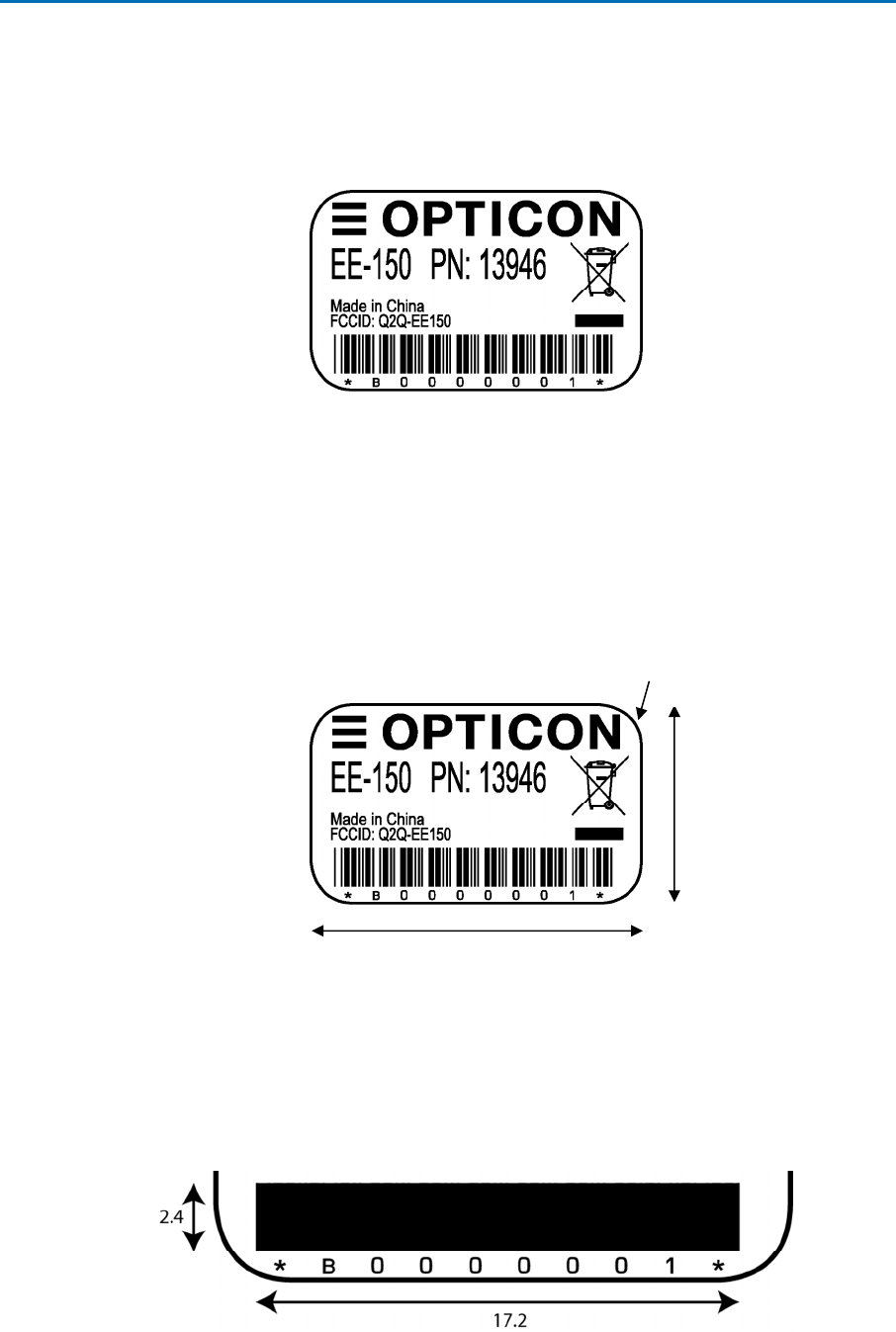
EE-150 V-0.1
11
8 Labeling
8.1 Product Label
The product label is affixed to the ESL as shown below.
Figure 2: Product Label
Label material:
Material: Base + laminate protection against wear.
Base: PP film, thickness 80µm, backing with glue.
Laminate: PET film, clear, thickness 25µm.
RoHS compliant
Label dimension:
20.4mm x 12.4mm (w x h)
Tolerance ± 0.1mm
Corner radius 2.7mm
Figure 3: Product Label dimensions
Barcode area:
The size of the barcode area (without the human readable part) is 2.4 x 17.2mm).
The barcode shows the product serial number. This is a ‘B’ followed by 7 hexadecimal digits.
This serial number is the same as the MAC address in the ESL-label, with the first 9 digits
(‘3889DC000’) replaced by a ‘B’.
20.4
12.4
Radius
2.7mm
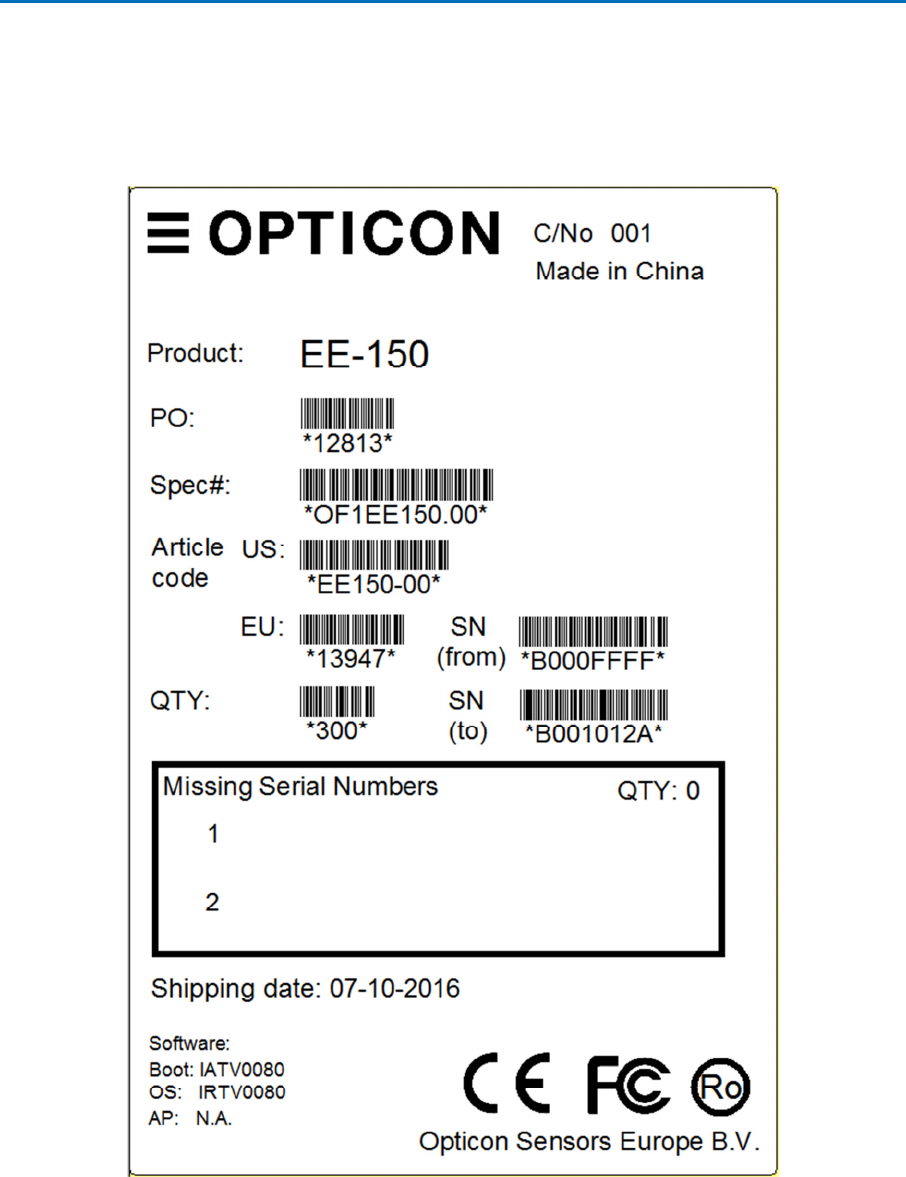
EE-150 V-0.1
12
8.2 Shipment Box Labels
The shipment box labels are meant to show the regulatory information on the shipment box as well as
the quantity in the box. The labels are 105mm*160mm and are made from plain paper with adhesive
backing.
Figure 4: Shipment box label
This is the standard Opticon shipping label, design rev2 and the various variable fields in the above
drawing are indicative only.
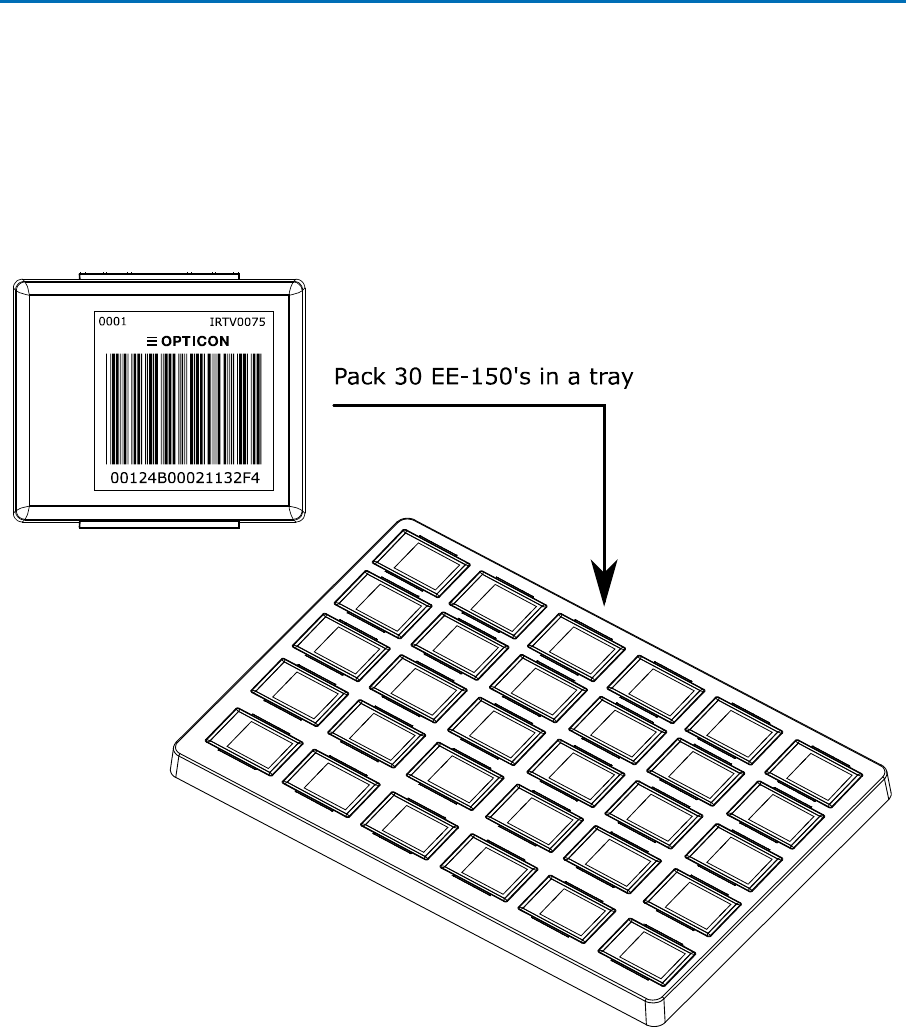
EE-150 V-0.1
13
9 Packaging Specifications
9.1 Individual Packaging Specification
The ESL’s do not need to be packed separately. To easily pack them, 30 need to be packed in
a plastic moulded tray:
Figure 5: Individual packaging
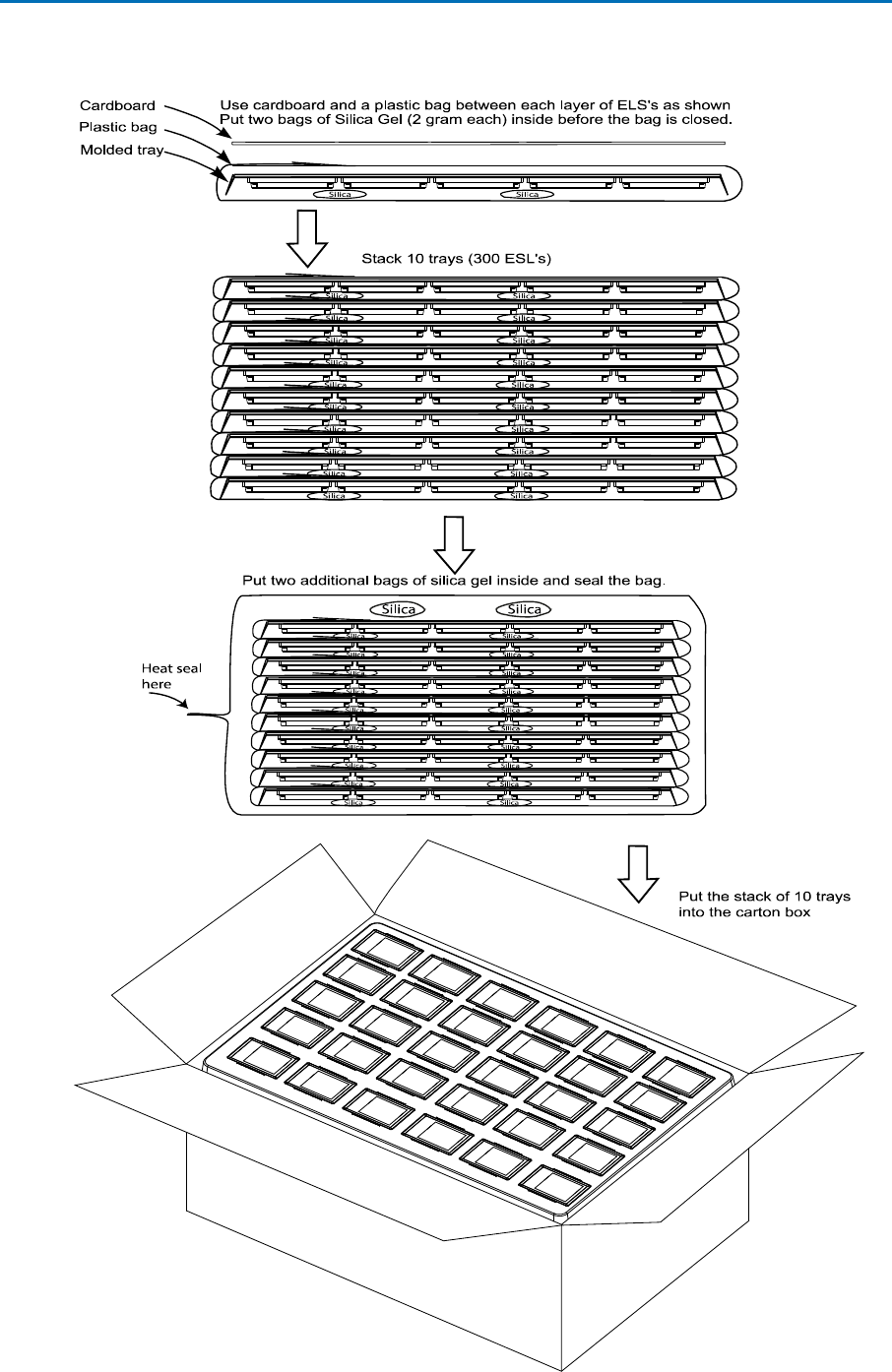
EE-150 V-0.1
14
9.2 Collective Packaging Specification
Figure 6: collective packaging
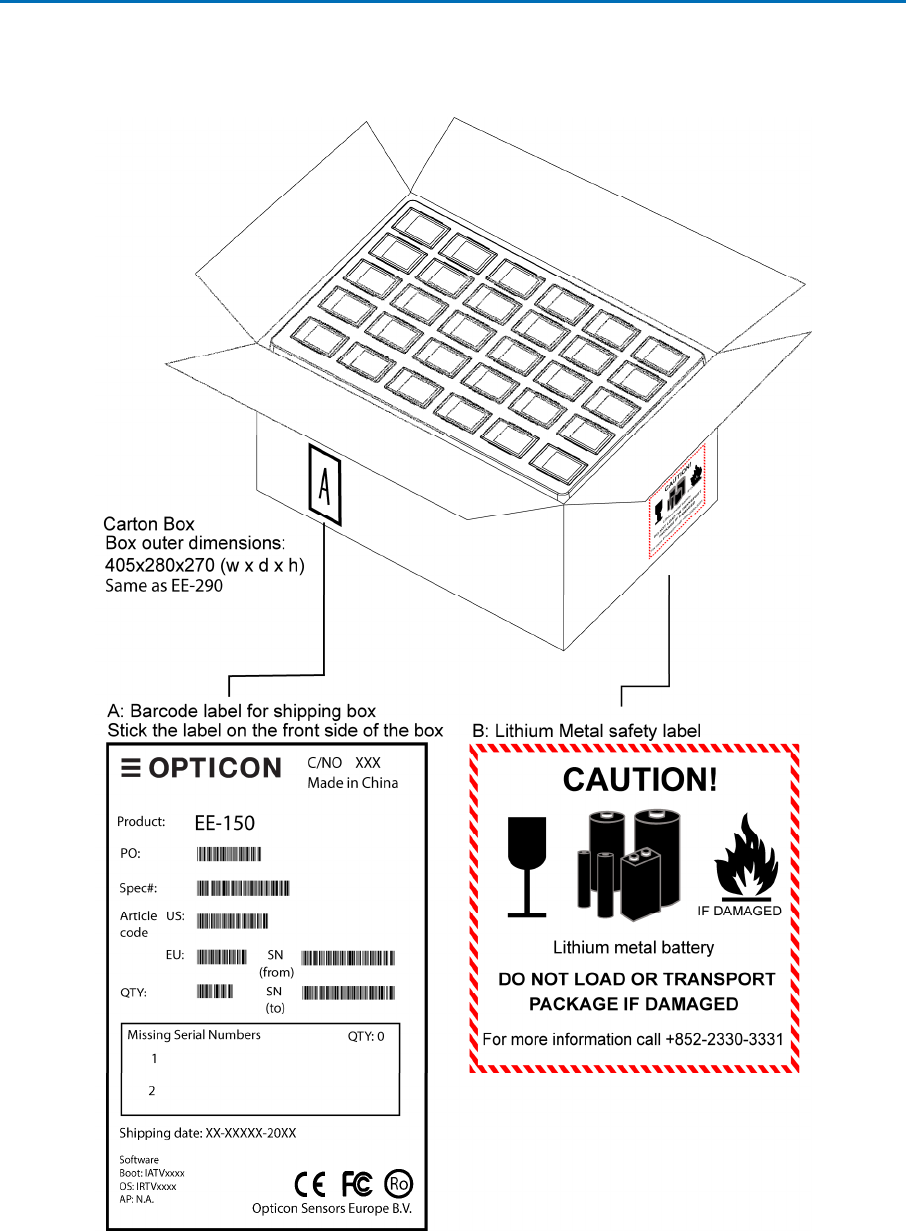
EE-150 V-0.1
15
9.3 Collective Shipment Packaging Specification.
Figure 7: collective shipment packaging
Note: The “RO” mark labeled on the package tray or package box guarantees that the
applicable product has passed our test of RoHS restrictions compliance (the restriction of the
use of certain hazardous substances in electrical and electronic equipment, 2002/95 EC).
However, this document does not have any legal weight in the European Union.

EE-150 V-0.1
16
10 Regulatory Compliance
10.1 Product Safety
EN 60950-1:2006+A11:2009+A1:2010+A12:2011+A2:2013
IEC 60950-1:2005 (2nd Edition)+Am 1:2009+Am 2:2013
10.2 EMC
EN55022: 2010
EN55024: 2010
Federal Communications Commission (FCC) Statement
15.21
You are cautioned that changes or modifications not expressly approved by the part responsible
for compliance could void the user’s authority to operate the equipment.
15.105(b)
This equipment has been tested and found to comply with the limits for a Class B digital device,
pursuant to part 15 of the FCC rules. These limits are designed to provide reasonable
protection against harmful interference in a residential installation.
This equipment generates uses and can radiate radio frequency energy and, if not installed and
used in accordance with the instructions, may cause harmful interference to radio
communications. However, there is no guarantee that interference will not occur in a particular
installation. If this equipment does cause harmful interference to radio or television reception,
which can be determined by turning the equipment off and on, the user is encouraged to try to
correct the interference by one or more of the following measures:
- Reorient or relocate the receiving antenna.
- Increase the separation between the equipment and receiver.
- Connect the equipment into an outlet on a circuit different from that to which the receiver is
connected.
- Consult the dealer or an experienced radio/TV technician for help.
This device complies with part 15 of the FCC Rules. Operation is subject to the following two
conditions:
1. This device may not cause interference and
2. This device must accept any interference, including interference that may cause undesired
operation of the device.
RF Radiation Exposure Statement:
1. This Transmitter must not be co-located or operating in conjunction with any other antenna
or transmitter.
2. This equipment complies with FCC RF radiation exposure limits set forth for an uncontrolled
environment. This equipment should be installed and operated with a minimum distance of
20cm between the radiator and your body.

EE-150 V-0.1
17
10.3 WEEE
Waste Electrical and Electronics Equipment Directive, 2012/19/EU.
Following information is only f or EU-member states:
The use of this symbol indicates that this product may not be treated as household waste. By
ensuring this product is disposed of correctly, you will help prevent potential negative
consequences for the environment and human health, which could otherwise be caused by
inappropriate waste handling of this product. For more detailed information about recycling of
this product, please contact your local council, your household waste disposal service or the
shop where you purchased the product.
10.4 RoHS
RoHS: The restriction of the use of certain hazardous substances in electrical and electronic
equipment, 2011/65 EC.

EE-150 V-0.1
18
11 Safety
Handle this product carefully. Do not deliberately subject it to any of the following.
11.1 Shock
Do not throw or drop the ESL.
Do not place heavy objects on the ESL.
11.2 Temperature Conditions
Do not use the ESL at temperatures outside the specified range.
Do not pour boiling water on the ESL.
Do not throw the ESL into the fire.
Do not leave the ESL on the dashboard of a car.
11.3 Foreign Materials
Do not immerse the ESL in liquids.
Do not subject the ESL to chemicals.
11.4 Disposal / Battery
Replace the ESL when its lifetime has expired. This is after max. 10 years of operation or
sooner when the battery is depleted. When the battery is depleted, discard the complete
product with the battery and replace the ESL with a new one. When discarding the product,
treat it as chemical waste and dispose of it according to local regulations.
CAUTION
RISK OF EXPLOSION IF BATTERY IS REPLACED
BY AN INCORRECT TYPE.
DISPOSE OF USED BATTERIES ACCORDING
TO LOCAL REGULATIONS
11.5 Other
Do not disassemble this product.
The ESL may be damaged by high voltage discharges.
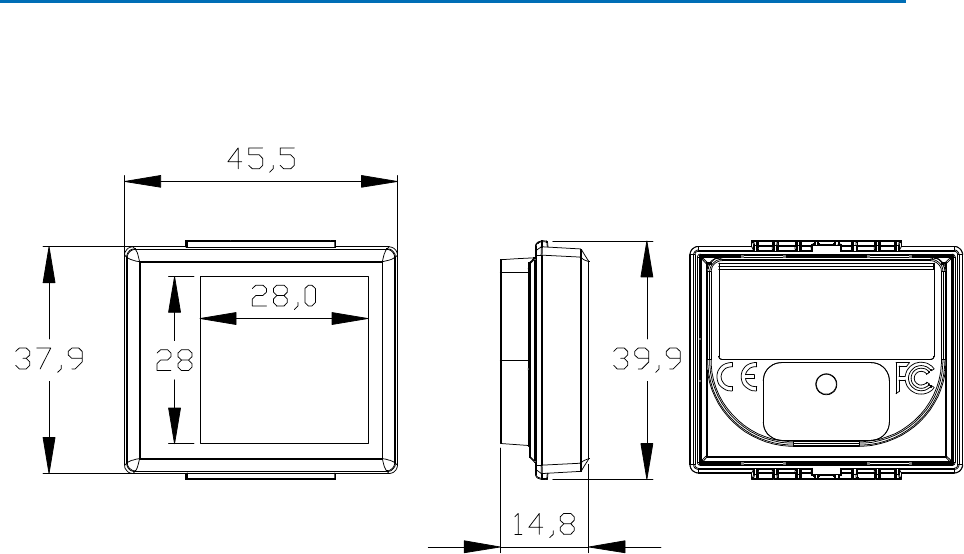
EE-150 V-0.1
19
12 Mechanical Drawing
Figure 8: Mechanical drawing